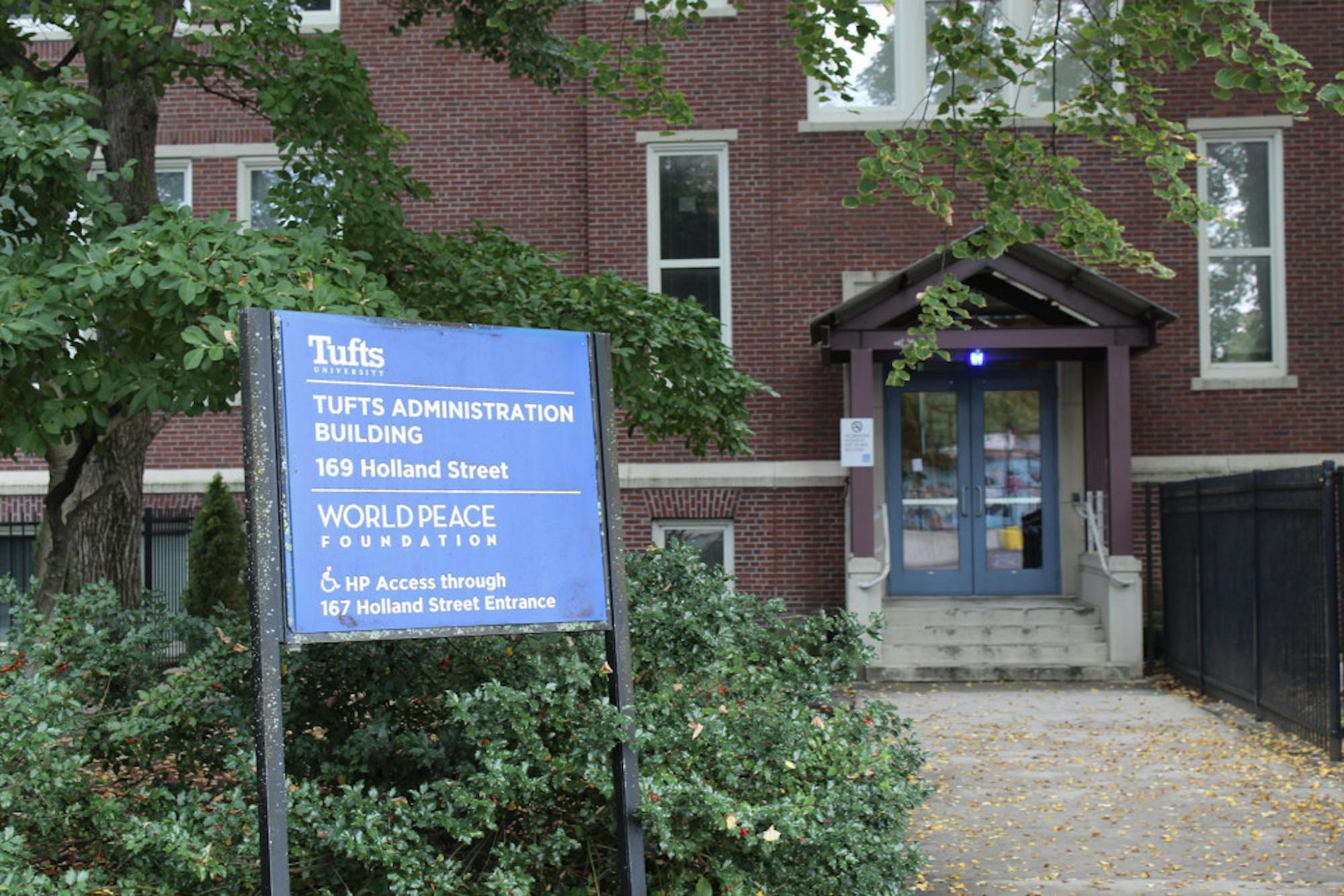Editor’s note: Trent Bunker was a former staff writer at the Daily. He did not contribute to the writing or editing of this article.
The White House announced on Aug. 24 that it would forgive up to $20,000 in federal student loan debt for individuals with an annual income of less than $125,000. The initiative will reduce most borrowers’ debt by up to $10,000 and Pell Grant recipients’ debt by up to $20,000.
This initiative is the Biden administration’s largest effort to mitigate the financial burden of college on students. In a fact sheet outlining the plan, the White House cited a rise in the cost of college education and referenced a Department of Education analysis that concludes that the average undergraduate student leaves college with $25,000 in debt as factors for the decision.
Jeffrey Zabel, a professor of economics at Tufts University, said students who dropped out of college with loans are the target demographic of this policy, as nearly one-third of student borrowers have no college degree, yet still have debt to pay off.
“[Debt forgiveness is] not necessarily [for] the higher-income loan holders that graduated from four-year colleges,” Zabel said. “In fact, the majority are people who didn’t even graduate from college or even a two-year program that were duped by these for-profit educational institutions that did a really poor job in educating them and have really high dropout rates.”
Zabel added that reduced state funding for public colleges also exacerbates the issue of high tuition costs. President Biden emphasized this point in his speech announcing the debt forgiveness program.
“A large population of college kids are at large state schools, and states have systemically reduced the amount of funding that they put towards the state schools, and [that has] increased tuition,” Zabel said.
“This is just a band-aid, and it’s just a short term fix,” Zabel said. “The longer-term fix is fixing the high costs of higher education, costs that have really taken off in the last 40 or 50 years.”
Mark Lannigan, president of Tufts Democrats and an elected member of the Massachusetts Democratic State Committee, praised the debt forgiveness program.
“I think there’s going to be great economic benefits to people who can now afford to invest in a home, invest in a car, invest in a family … now that they’re not burdened by this pretty oppressive student loan debt,” Lannigan, a senior, said.
Lannigan also noted the popularity of student debt forgiveness among voters.
“In terms of politics, I just think that this is one of the most popular things that [Biden] could have done,” Lannigan said. “Student debt forgiveness has a wildly high popularity rate among voters.”
Recent Data for Progress and NPR-Ipsos polling have shown that the majority of Americans support student loan forgiveness. At the same time, 59% of Americans worry student loan forgiveness will worsen inflation, CNBC reported in August.
Trent Bunker, vice president of Tufts Republicans, criticized the cost of the policy, citing a study by the Wharton School of the University of Pennsylvania that estimated the loan cancellation program to cost between $469 and $519 billion over a 10-year budget window.
“On a national level, the debt forgiveness plan will harm future borrowers by further augmenting tuition costs, add to the suffocatingly large national debt, impose even greater inflation upon the American public, and potentially exacerbate income inequality,” Bunker, sophomore, said in an email to the Daily.
Bunker suggested that the accessibility of federal loans has contributed to the high cost of college.
“Years of cheap, government-guaranteed loans have allowed universities to charge increasingly outrageous prices at a rate outpacing inflation,” Bunker said.
Bunker reasons that some Americans will receive disproportionate benefits from student loan forgiveness, arguing that the policy will unfairly benefit wealthy students.
“The majority (62.23%) of the benefit from the loan forgiveness will be reaped by those in the middle and upper quintiles, while those in the bottom two quintiles will receive less due to varying levels of college attendance,” Bunker wrote in an email to the Daily.
Zabel pushed back on a Republican talking point that the policy unfairly benefits wealthy students.
“Republicans are pushing that [the decision] was totally unequal and it’s increasing inequality because it’s really the rich people who are the ones that are benefiting from this forgiveness. … That’s just not the case,” Zabel said. “When you really look at the numbers, a lot of the people that are getting [relief] are minorities [and] lower income.”






